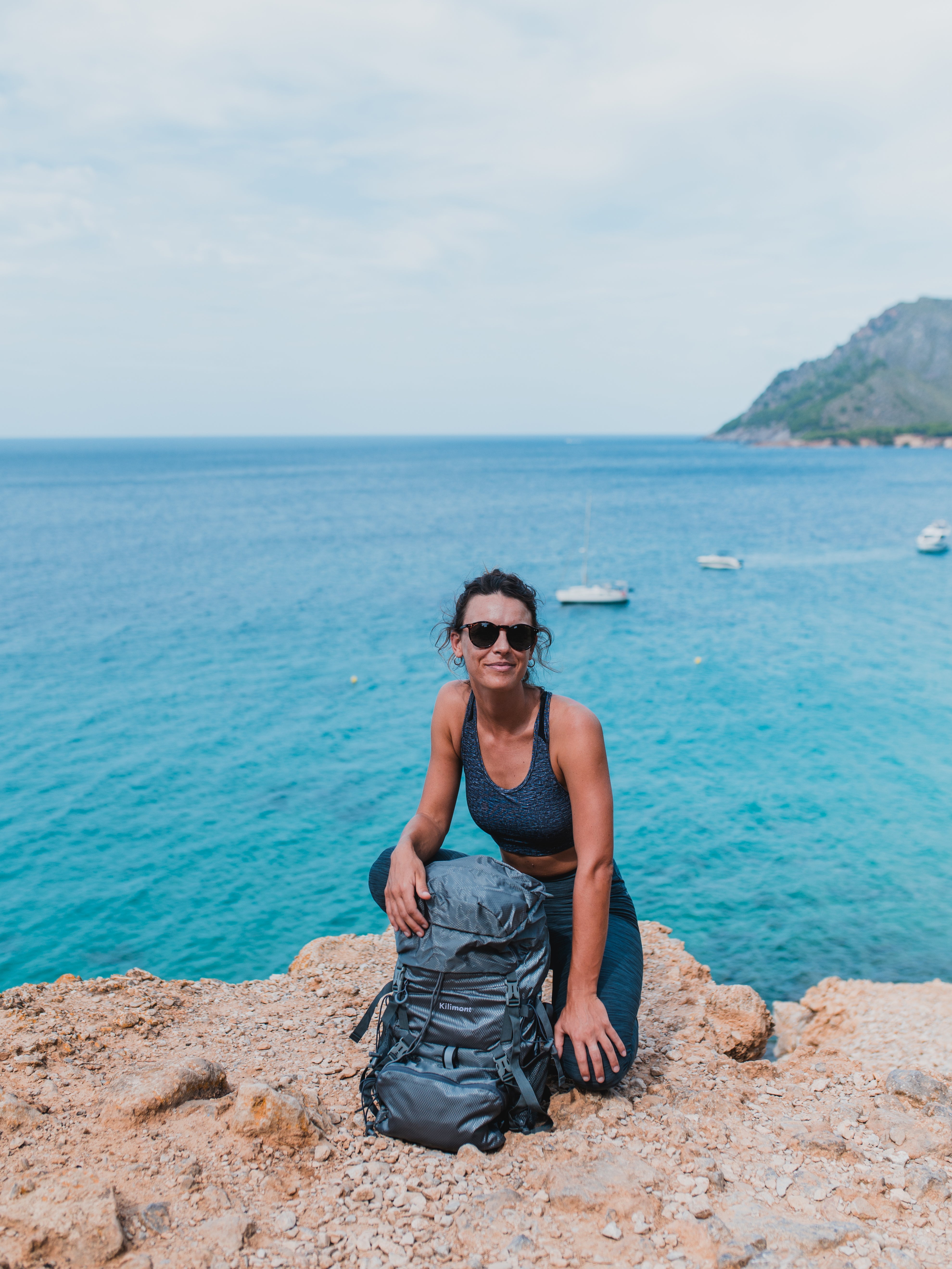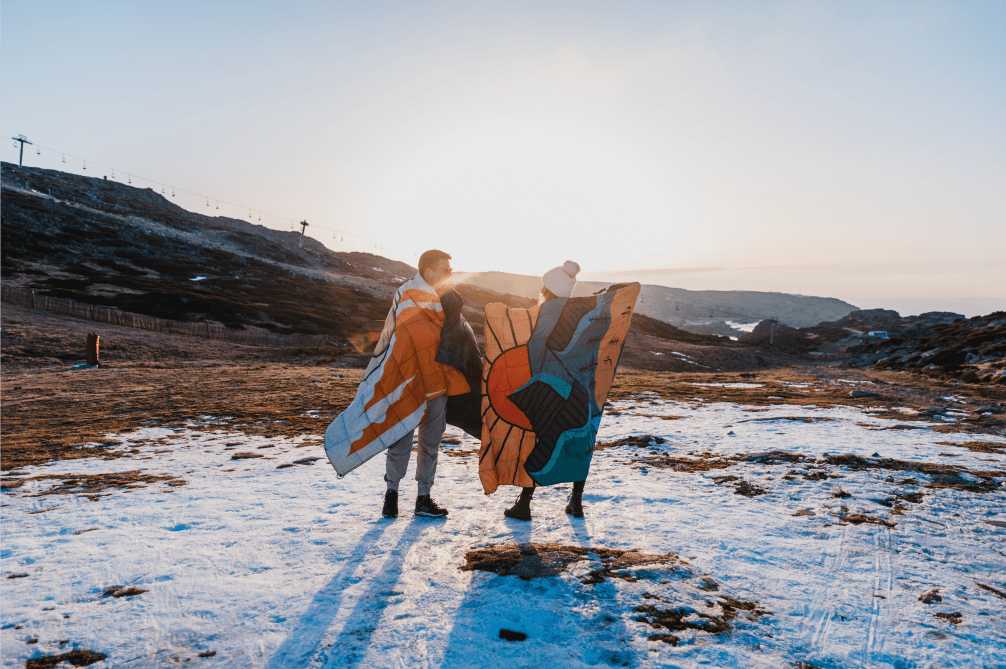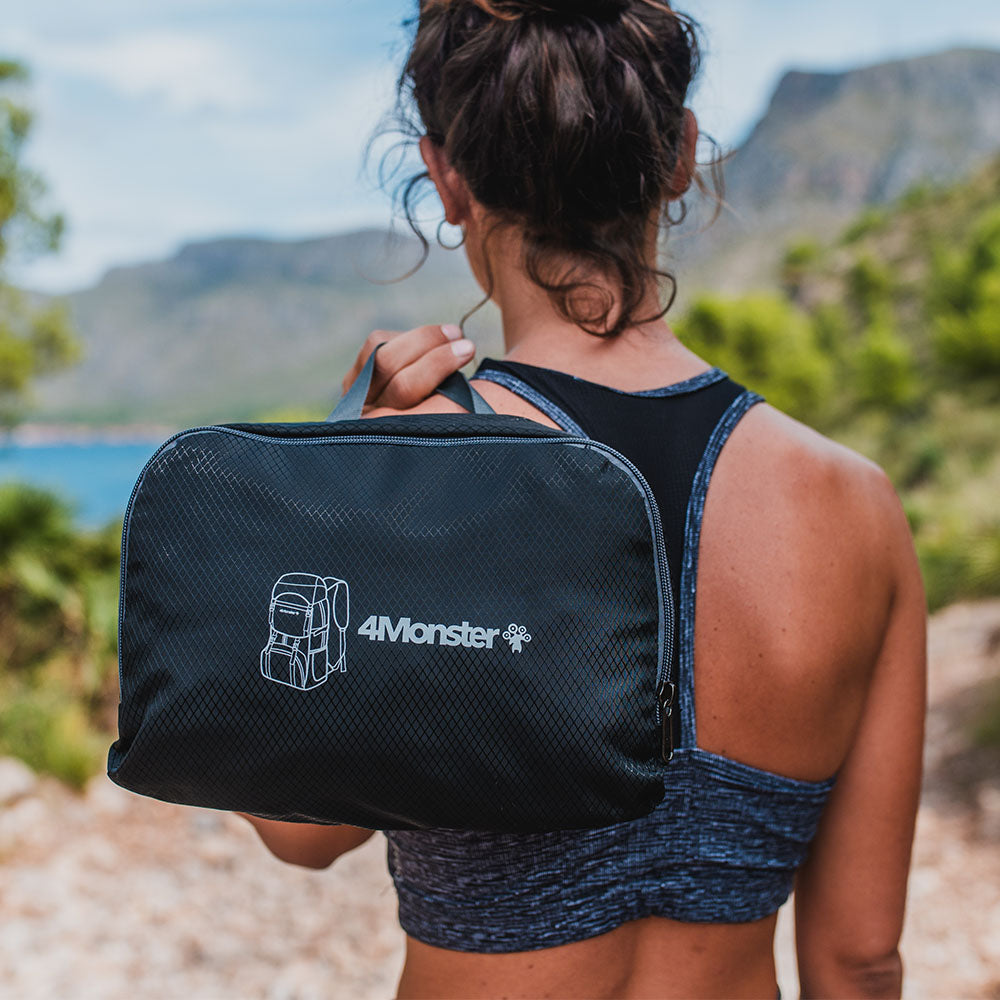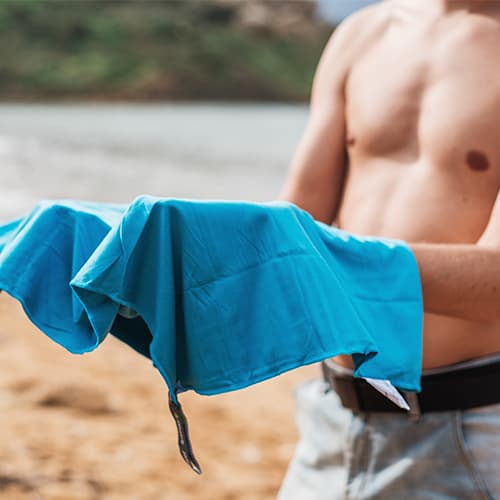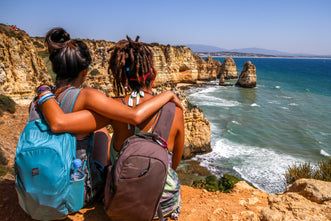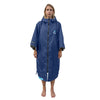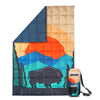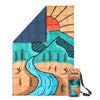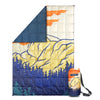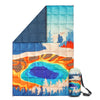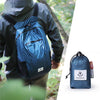(1)High altitude response: High response varies from person to person, part of it is physical condition, and part of it is psychological stress and self-hypnosis. The body's hair response is mainly a series of natural physiological reactions produced by the body in order to adapt to changes in altitude caused by the pressure difference, low oxygen content, and dry air.

Symptoms are: headache, dizziness, fatigue, drowsiness, insomnia, slight fever, anorexia, chest tightness, shortness of breath, dry cough, nausea, vomiting, purple lips and nail roots, rough skin, chapped lips, bleeding nose, etc. Insufficient feelings, restlessness, thinking, memory loss, hearing, vision, smell, abnormal taste, hallucinations, puffiness, shock, or cramps.
The other part is psychological pressure. The body can adapt to the discomfort caused by high reflex as soon as possible, but because of psychological fear, it will give itself hints, resulting in different situations, and reduce stress to encourage itself.
Hiking in high altitude areas requires gradual and gradual adaptation. If you encounter severe anti-reflection, you should immediately descend to low altitude. Drink plenty of water and go to the toilet to reduce the pressure on your kidneys. Garlic is the best anti-psychic medicine that can relieve the loss of appetite, nausea and vomiting.
(2) Wildlife Attacks: When walking on high altitudes, you will avoid people seeing wildlife. Unless you feel that you have invaded the territory or are extremely hungry, follow the team and do not place orders. These are the best ways to prevent wild animal attacks.
If you encounter a wild animal attack, you should quickly force yourself to calm down and look into its eyes so that it cannot see your next move. At the same time, remain vigilant and cannot take the initiative to launch attacks, and be prepared to prevent attacks, such as trekking poles, ignition, noise, etc.
(4) Lost: Temporarily lost, you can return to the same way. Do n’t bother to go back, and sit down to rest the reference trajectory, the sun during the day, the measurement method of the watch, the compass, etc., refer to the North Star or camp in the evening, calm down and then It will be easy to find the right direction (provided not to get hurt).
 (5)heat aLoss of temperature: Loss of temperature is that the body's ability to produce nd keep warm is less than the ability to dissipate heat for a long time, which leads to the phenomenon that the core body temperature becomes lower and lower. This process usually occurs slowly, but it also happens quickly. And death caused by temperature loss often occurs outdoors.
(5)heat aLoss of temperature: Loss of temperature is that the body's ability to produce nd keep warm is less than the ability to dissipate heat for a long time, which leads to the phenomenon that the core body temperature becomes lower and lower. This process usually occurs slowly, but it also happens quickly. And death caused by temperature loss often occurs outdoors.
Falling water, cold wind, wet clothes, cold air on the surface, hunger, fatigue, low temperature, strong wind, hypoxia, etc. The most important of which are wind, cold, and humidity. Reasonably matching clothes can prevent or reduce the occurrence of temperature loss. For example, three-layer dressing, timely replenishment of high-calorie food, and emergency camping.
(6) Wading: Most of the wading lines occur in drowning events caused by repeated wading and crossing rivers.
The tingling of the glacier is unimaginable, and the feet numb and lose consciousness in an instant, so as to avoid the phenomenon of falling when passing through a rushing river, and the turbulent river is not fatal. The most frightening thing is that when the head falls into the water, the head or body hits a stone, which causes water to enter the lungs.

Therefore, when crossing rivers, try to choose a place with a wide water surface and a slow flow. Cross the river and protect it before you save it.
(7) Sunburn: Hiking on high-altitude lines must pay attention to sunburn caused by strong ultraviolet rays, and do sun protection work, especially the ultraviolet reflection caused by snow is more serious. Causes blisters and other phenomena.
Hope it is helpful to you!

